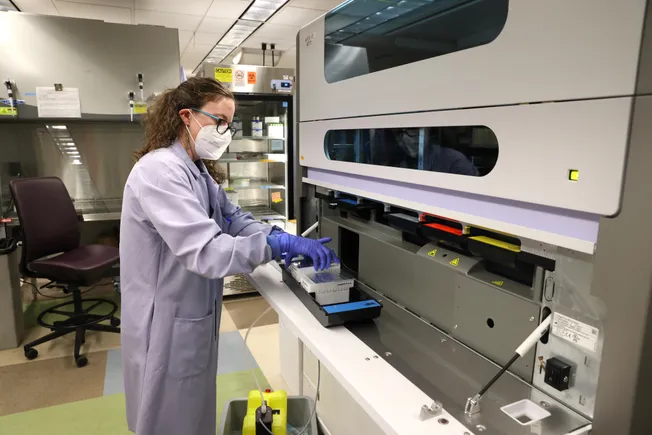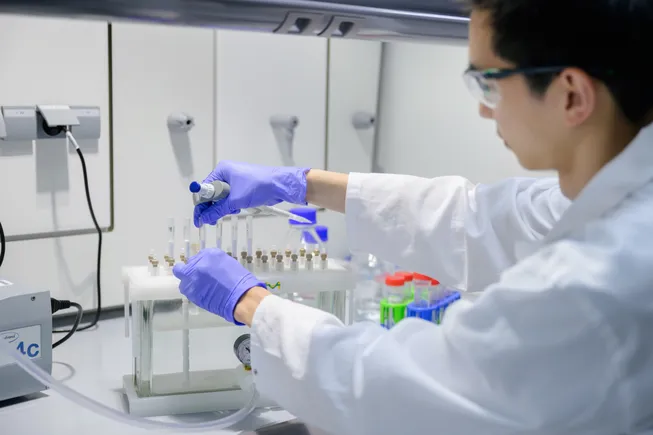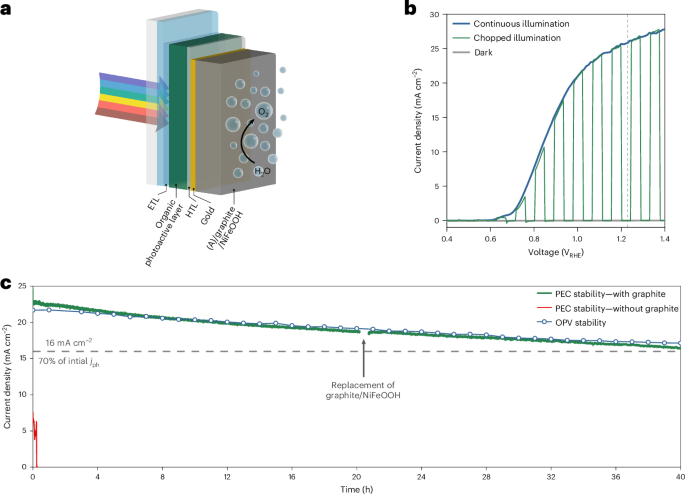Neural mechanisms for the attention-mediated propagation of conceptual information in the human brain
by David Acunzo, Damiano Grignolio, Clayton Hickey The visual environment is complicated, and humans and other animals accordingly prioritize some sources of information over others through the deployment of spatial attention. Cognitive theories propose that one core purpose of this is to gather information that can be used in downstream cognitive processes, including the development of concepts and categories. However, neuroscientific investigation has focused closely on the identification of the systems and algorithms that support attentional control or that instantiate the effect of attention on sensation and perception. Much less is known about how attention impacts the acquisition and activation of concepts. Here, we use machine learning of EEG and concurrently recorded EEG/MRI to temporally and anatomically characterize the neural network that abstracts from attended perceptual information to activate and construct semantic and conceptual representations. We find that variance in the amplitude of N2pc—an event-related potential (ERP) component closely linked to selective attention—predicts the emergence of conceptual information in a network including VMPFC, posterior parietal cortex, and anterior insula. This network appears to play a key role in the attention-mediated translation of perceptual information to concepts, semantics, and action plans.
by David Acunzo, Damiano Grignolio, Clayton Hickey The visual environment is complicated, and humans and other animals accordingly prioritize some sources of information over others through the deployment of spatial attention. Cognitive theories propose that one core purpose of this is to gather information that can be used in downstream cognitive processes, including the development of concepts and categories. However, neuroscientific investigation has focused closely on the identification of the systems and algorithms that support attentional control or that instantiate the effect of attention on sensation and perception. Much less is known about how attention impacts the acquisition and activation of concepts. Here, we use machine learning of EEG and concurrently recorded EEG/MRI to temporally and anatomically characterize the neural network that abstracts from attended perceptual information to activate and construct semantic and conceptual representations. We find that variance in the amplitude of N2pc—an event-related potential (ERP) component closely linked to selective attention—predicts the emergence of conceptual information in a network including VMPFC, posterior parietal cortex, and anterior insula. This network appears to play a key role in the attention-mediated translation of perceptual information to concepts, semantics, and action plans.









































































































































































.jpg)





